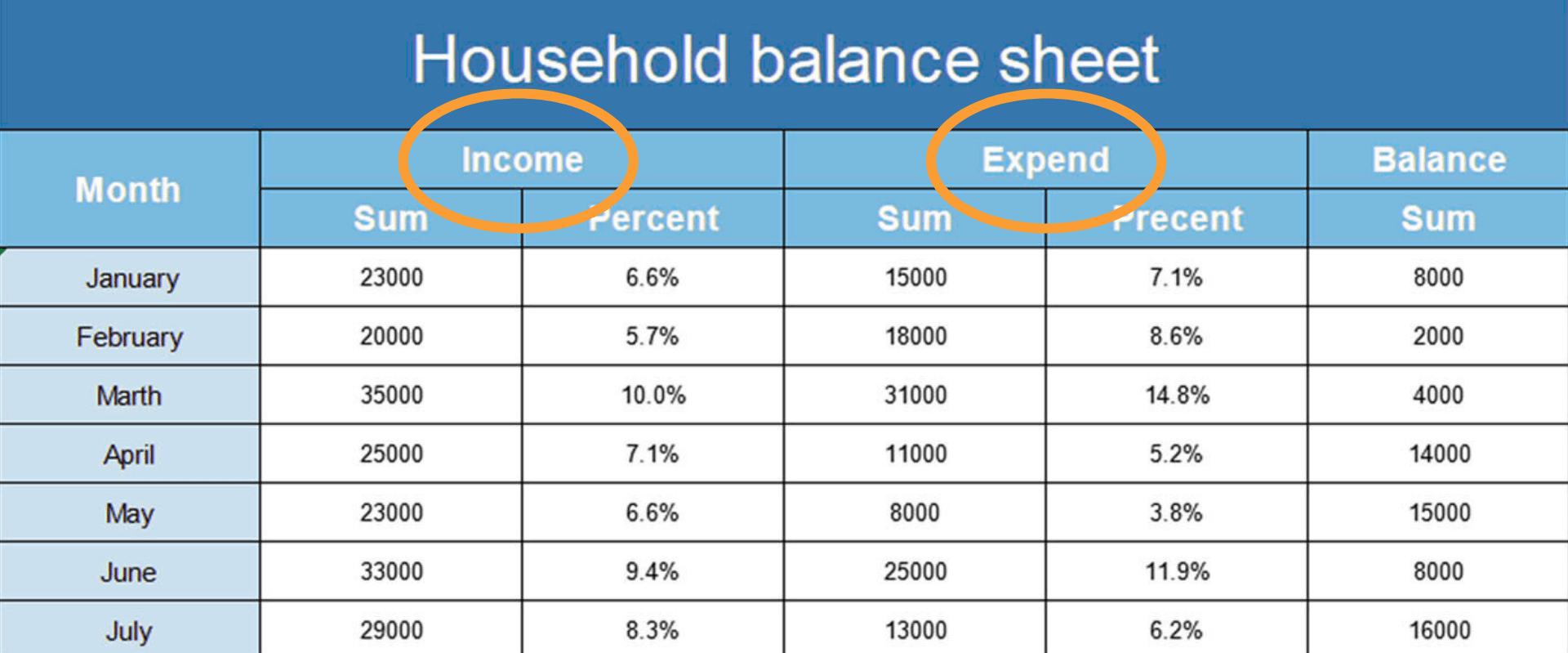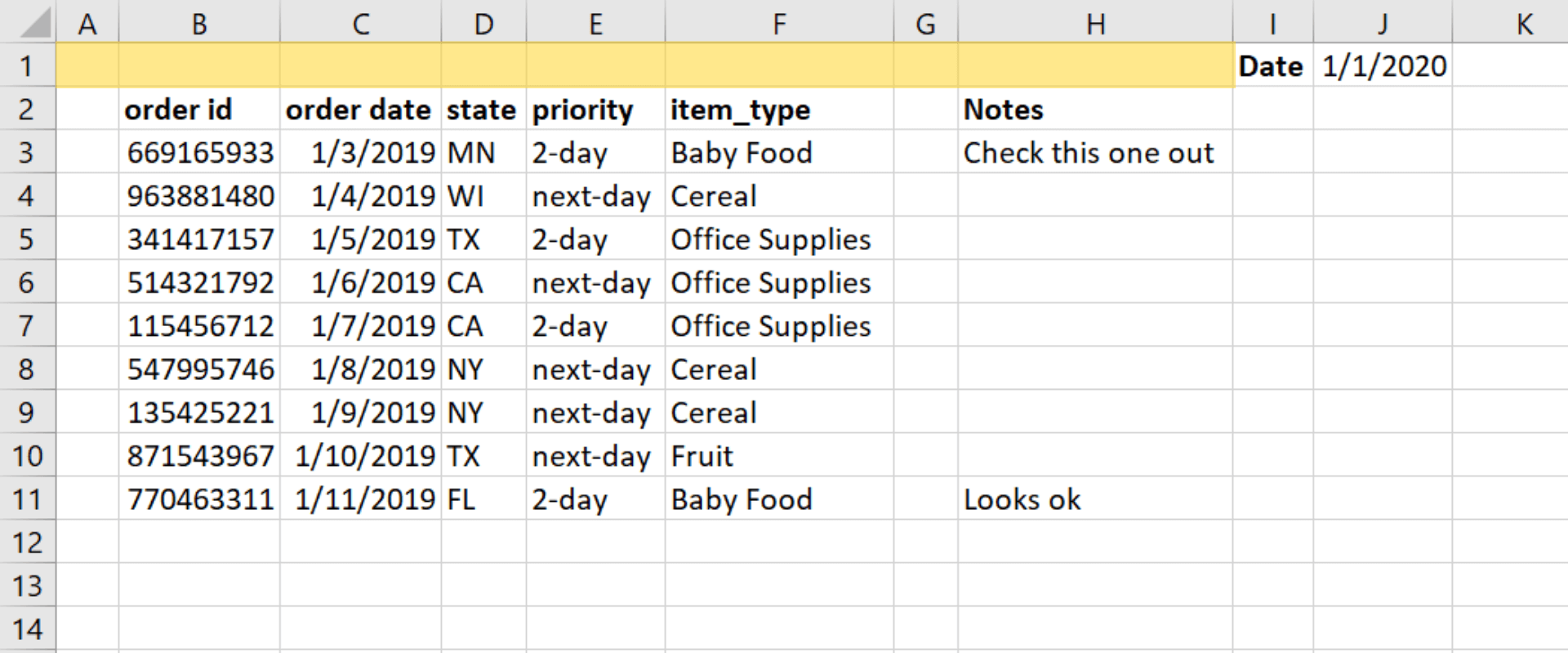CSV + EXCEL FILES
When using CSV or Excel files, the Excel file mustn’t contain any merged cells or columns. In addition, columns must start on row 1 of the file.
Below are two examples of unsupported files:

Merged Columns

Columns not starting on Row 1
When performing an integration in the Datalist, ensure you have a single Datalist created first. All integrations are tied to one Datalist. Lastly, make sure your Datalist mirrors your Excel/CSV columns—it needs to be a 1:1 ratio.
WHY DO I NEED A COLUMN WITH UNIQUE DATA?
REACH requires every Datalist integration to have one column that contains unique data or values in each row. If your file does not have such a column, you’ll need to add one before configuring the integration. In REACH terminology, this is referred to as a unique identifier.
WHY DO I NEED IT?
The main reason we require a unique identifier is to ensure that new data can be quickly loaded and processed. Without this column, whenever you send updated data, the system would need to delete everything previously sent and reload it all from scratch. This process is inefficient and could delay how quickly data appears on the screen.
By identifying a column with unique data, the system compares that column in each update and only changes what has been modified. This allows new data to be displayed quickly and efficiently.
Sometimes you may have multiple columns that could serve as a unique identifier—that’s totally fine. You only need to identify one.
REACH plans to improve this process in the future, as we understand that identifying or creating a unique column may not be ideal for all clients. We appreciate your patience, and if you need assistance, please don’t hesitate to contact our support team at Support@reachmedianetwork.com.
HOW DO I DETERMINE IF I HAVE A COLUMN WITH UNIQUE DATA?
There are many different use cases for Datalist integrations. The best way to identify a unique column is to review the data in each row. If each row in a column contains distinct information, that column is likely a good choice. If there are repeated values in that column, it may not qualify.
EXAMPLES
DIRECTORY EXAMPLE – 5 COLUMNS
First Name / Last Name / Room # / Email / Phone Number
First and last names aren’t good options, as duplicates are possible (e.g., two people named Katie or with the last name Johnson). Room # might work, but what if two people share a room? In this case, Email or Phone Number would be stronger candidates for a unique identifier.

WORK ORDER EXAMPLE – 5 COLUMNS
Store ID / Work Order ID / Customer / Delivery Date / Promised Date
Store ID may not be unique since a single store can have multiple work orders. Customer names and dates may repeat. In this case, Work Order ID is the best candidate for a unique column.

At the end of the day, you know your data best.
WHAT SHOULD I DO IF I DON’T HAVE A COLUMN WITH UNIQUE DATA?
In this case, you’ll need to add a column to your file before sending it to REACH. You can name it anything you’d like—some clients use “ID #” or “Series.” Once the column is added, fill each row with a unique value.
Easiest method:
Click into cell 2, enter the number 1, and drag down to the last row. You’ll see the number 1 duplicated, but click on Quick Actions and choose Fill Series to auto-fill values like 1, 2, 3, etc.
The image below demonstrates this process.
WHAT HAPPENS IF I DON’T HAVE A UNIQUE COLUMN BUT TELL THE SYSTEM I DO
The first time you set up the integration, it may import successfully. However, subsequent updates will fail, as the system won’t be able to track changes accurately.